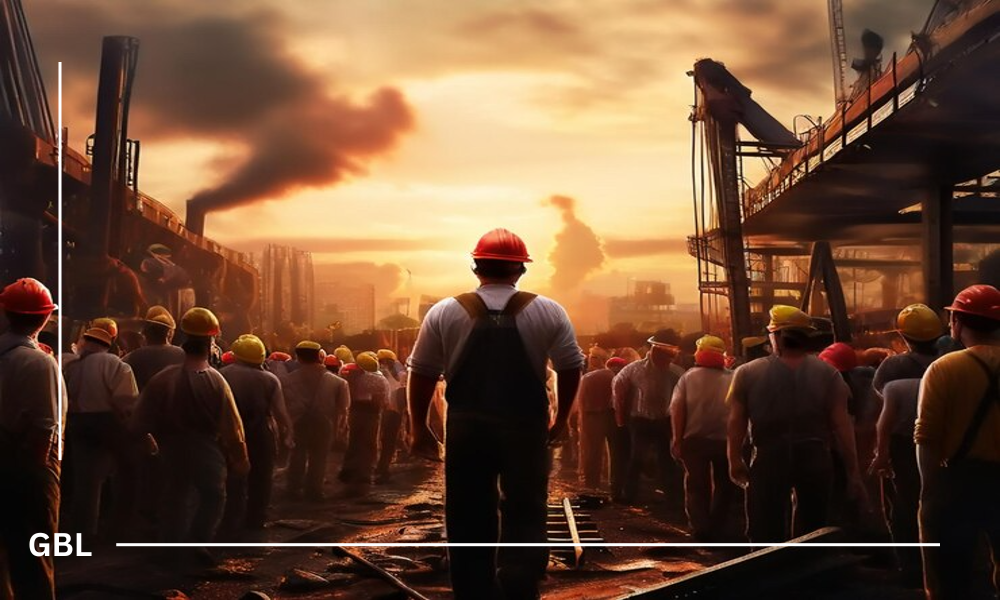The construction industry is at a critical crossroads as it grapples with a significant labor shortage, posing a serious threat to its growth and efficiency. As infrastructure projects and housing demands continue to rise, many construction companies are struggling to find enough skilled workers to meet these challenges.
Understanding the Shortage
According to the Associated Builders and Contractors (ABC), the U.S. construction industry will need to hire an additional 546,000 workers beyond its usual hiring pace to meet demands in 2024. This shortage is not confined to the United States; countries around the globe, including the UK and Australia, are facing similar challenges.
Several factors are contributing to this labor crisis. One of the most pressing issues is the aging workforce. Many experienced construction workers are nearing retirement age, leaving a significant gap in skilled labor. At the same time, fewer young people are entering the trades, often opting for careers in technology or other fields. The COVID-19 pandemic further exacerbated this problem, as many workers left the industry and have yet to return.
The Impact on Construction Projects
The consequences of the labor shortage are becoming increasingly evident. Construction projects are facing delays and escalating costs. With a limited number of skilled workers available, timelines are being stretched, leading to missed deadlines and inflated budgets. This shortage is particularly acute in specialized trades, such as electricians, plumbers, and welders, making it difficult to complete complex projects on schedule.
Moreover, some construction companies are being forced to turn down new contracts, which stifles growth and innovation in the industry. To attract workers, companies are raising wages and improving benefits, but these strategies can drive up project costs, ultimately affecting consumers.
Solutions: Focusing on Workforce Development
To address this pressing issue, industry leaders are advocating for a renewed focus on workforce development. Initiatives such as apprenticeships, technical education programs, and vocational training are vital for attracting new talent to the field. Many organizations are partnering with community colleges and trade schools to create targeted training programs that equip young people with the skills needed for a successful construction career.
Additionally, technology and automation are being explored as potential solutions to help alleviate labor shortages. Innovations like robotics and 3D printing can assist with tasks traditionally performed by humans, increasing efficiency on job sites. However, these technologies are intended to complement human workers rather than replace them.
Looking Ahead
The construction industry faces significant challenges, but a strong focus on workforce development offers hope for the future. By investing in the next generation of skilled workers and fostering interest in the trades, the industry can bridge the labor gap and ensure sustainable growth. As demand for construction projects continues to rise, the commitment to developing a skilled workforce will be crucial for meeting the needs of communities and economies alike.











